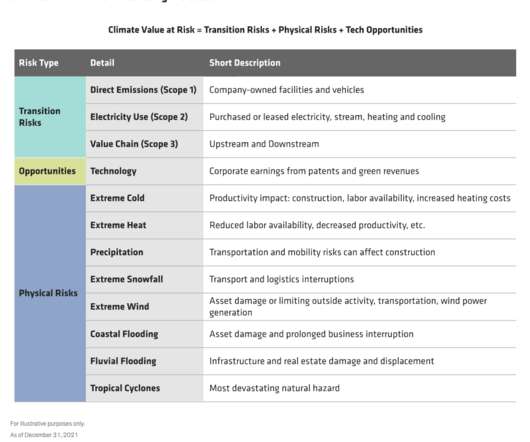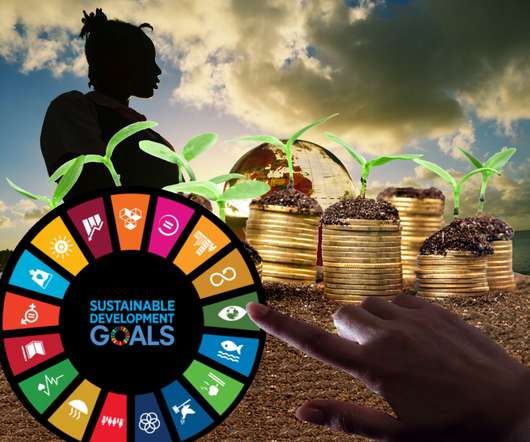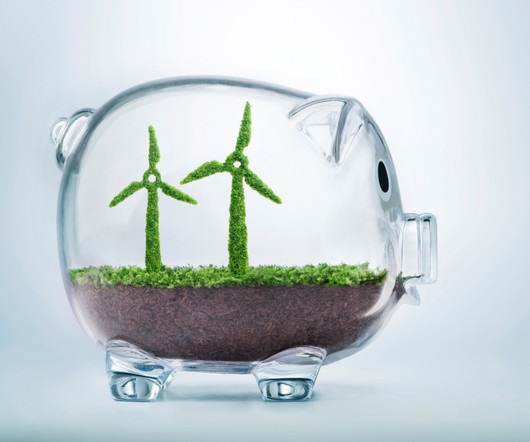The biggest carbon losers
Corporate Knights
OCTOBER 11, 2022
While some investments are neutral (deemed neither “clean” nor “dirty”), in many cases these companies are still investing most of their capital into assets that will either lock in further GHG emissions or become stranded assets as the energy transition takes shape. dollars) through 2030. Whereas just 2.7%
















Let's personalize your content